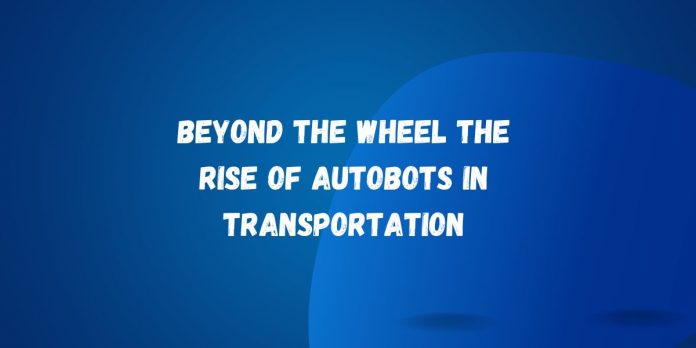In the ever-evolving landscape of transportation, a revolutionary shift is underway, ushering in a new era beyond traditional modes of travel. The rise of autonomous robots, or “Autobots,” is reshaping the way we perceive and engage with transportation systems. This paradigm shift goes beyond the conventional wheel, embracing cutting-edge technology to redefine the future of mobility.
Autobots Defined
Autobots, short for autonomous robots, represent a breed of intelligent, self-driving vehicles that navigate the roads, skies, and even seas without human intervention. These robotic entities are equipped with advanced sensors, machine learning algorithms, and artificial intelligence, enabling them to perceive their environment, make decisions, and adapt to dynamic situations.
The Road to Autonomy
The journey towards autonomous transportation has been marked by significant milestones. Advances in sensor technology, particularly LiDAR (Light Detection and Ranging), radar, and cameras, have empowered Autobots with a 360-degree view of their surroundings. Machine learning algorithms, trained on vast datasets, enable these vehicles to recognize patterns, predict behaviors, and respond to complex scenarios.
Applications Across Industries
Autobots are not limited to one mode of transportation; they transcend traditional boundaries to serve diverse industries. In urban environments, autonomous vehicles are revolutionizing ride-sharing services, reducing congestion, and enhancing mobility for individuals with limited access to transportation. In logistics and delivery, Autobots are streamlining supply chains, optimizing routes, and ensuring timely and efficient distribution of goods.
In the air, autonomous drones are transforming the delivery landscape, providing rapid and contactless delivery services. Underwater autonomous vehicles are venturing into unexplored depths, aiding in marine research, environmental monitoring, and offshore exploration.
Challenges and Opportunities
Despite the promising prospects, the rise of Autobots comes with its share of challenges. Concerns about safety, cybersecurity, and the ethical implications of AI-driven decision-making processes need to be addressed. Additionally, the transition to autonomous transportation raises questions about the future of employment in traditional driving roles.
However, the potential benefits are immense. The integration of Autobots into transportation systems has the potential to significantly reduce accidents caused by human error, optimize traffic flow, and enhance the overall efficiency of transportation networks. Moreover, Autobots can contribute to environmental sustainability by promoting electric and hybrid vehicle technologies.
Conclusion
Beyond the wheel, the rise of Autobots in transportation is reshaping the landscape of mobility as we know it. With advancements in technology, these autonomous vehicles are poised to revolutionize how people and goods move from one point to another. As society adapts to this paradigm shift, careful consideration of the challenges and opportunities that come with Autobots is crucial to harnessing their full potential for a safer, more efficient, and sustainable future in transportation.
You May Like: Umi no Soko, Asseturi

